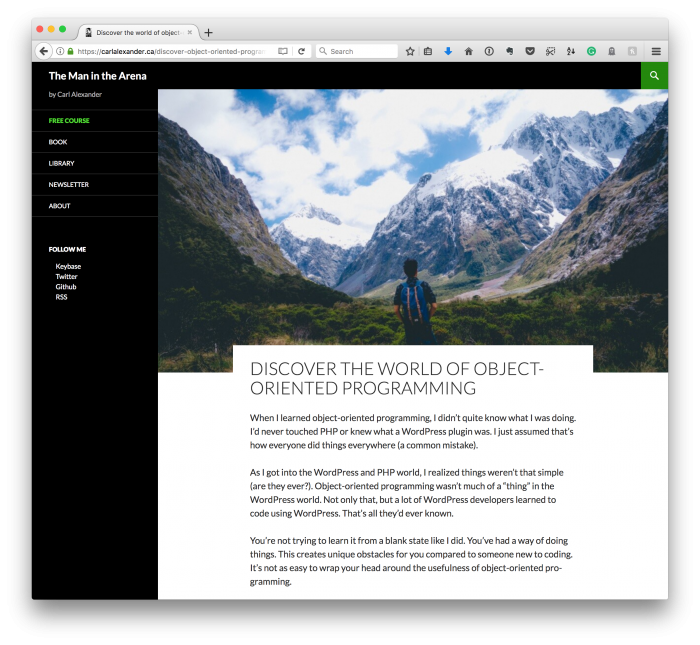Front-end development has taken great strides in the last couple of years (and continues to do so) through the use of CSS pre-processors and various JavaScript-based technologies.
The nice thing is that all of these can still be used within the context of WordPress development; however since WordPress includes jQuery, it’s not uncommon to continue writing jQuery-based JavaScript.
Despite all of the various technologies (such as Angular, Vue, React, etc.), I still find myself using jQuery and ES6 more than other libraries and tools.
For simple tasks, it’s not a problem, but when needing to, say, build more advanced components based on the response of an API call, using jQuery can be a bit heavy-handed.
This doesn’t mean it can’t be used – and I’ll walk through how to use it to build components momentarily dynamically – but I think it presents a case as to when other options are more variable.
But more on that at the end of the post.



